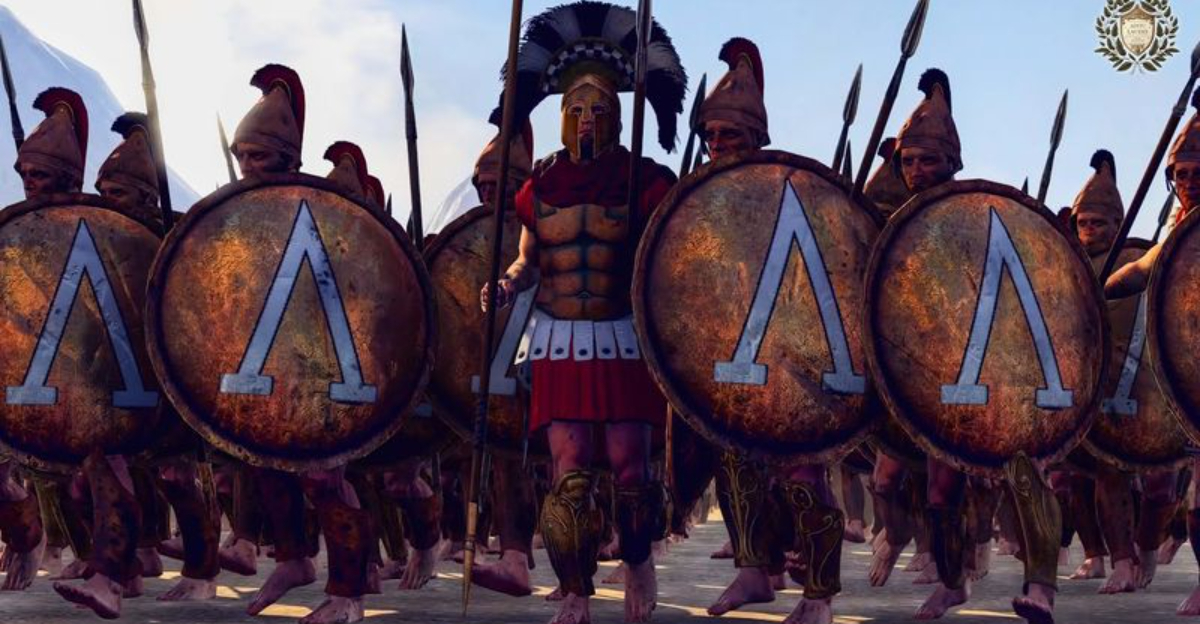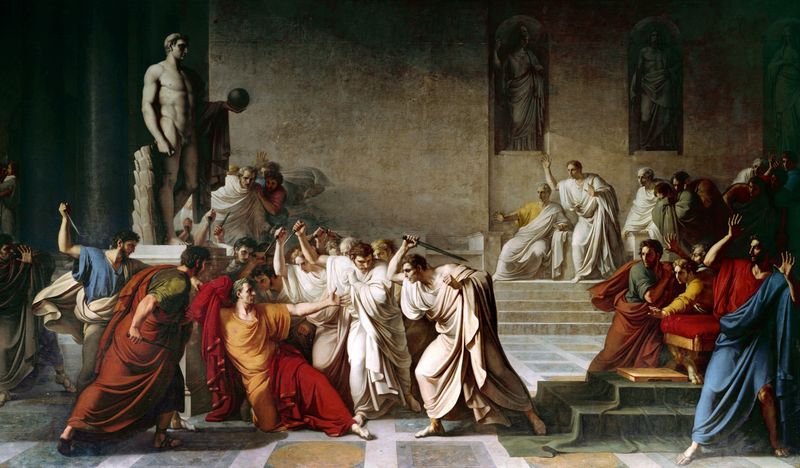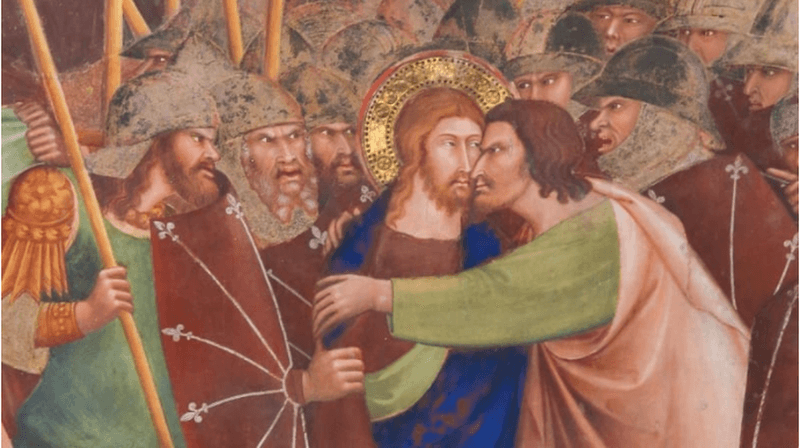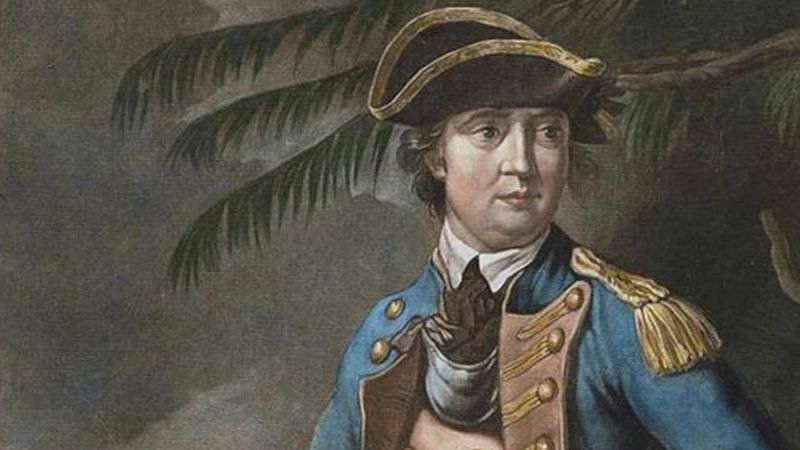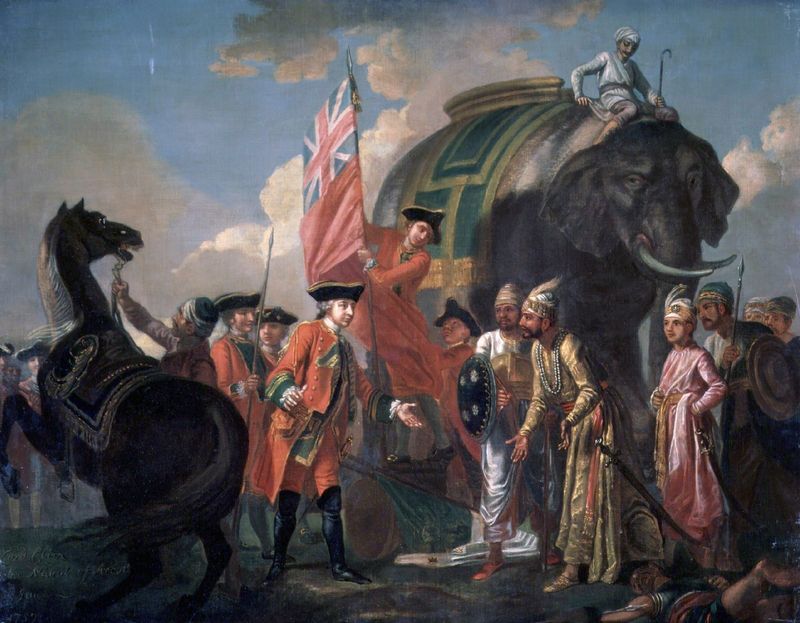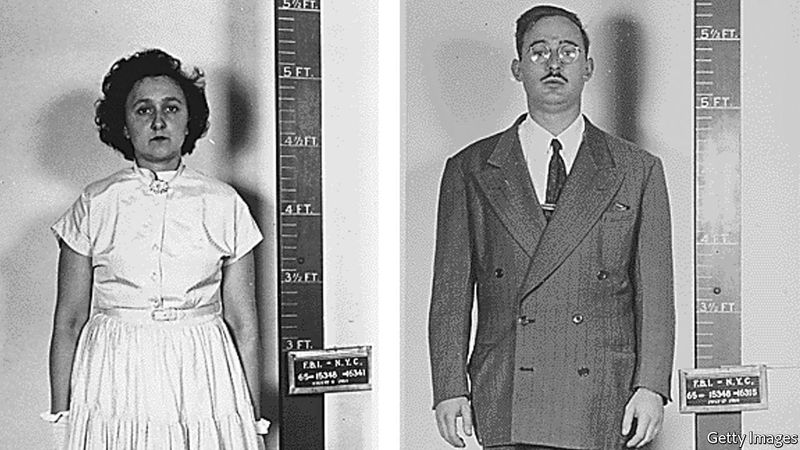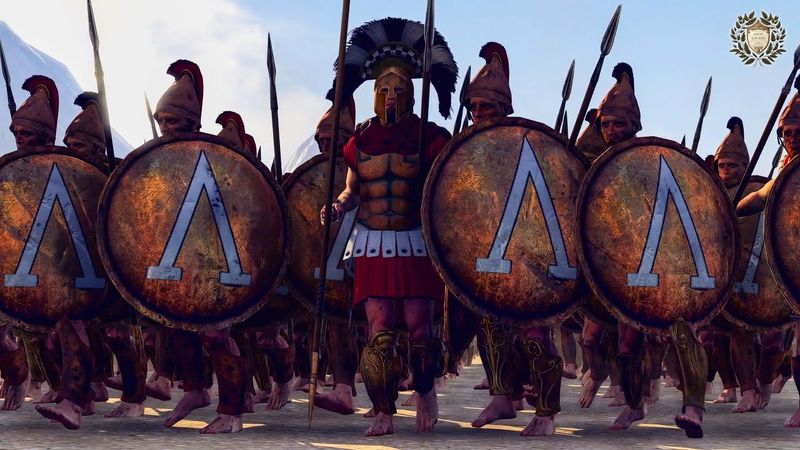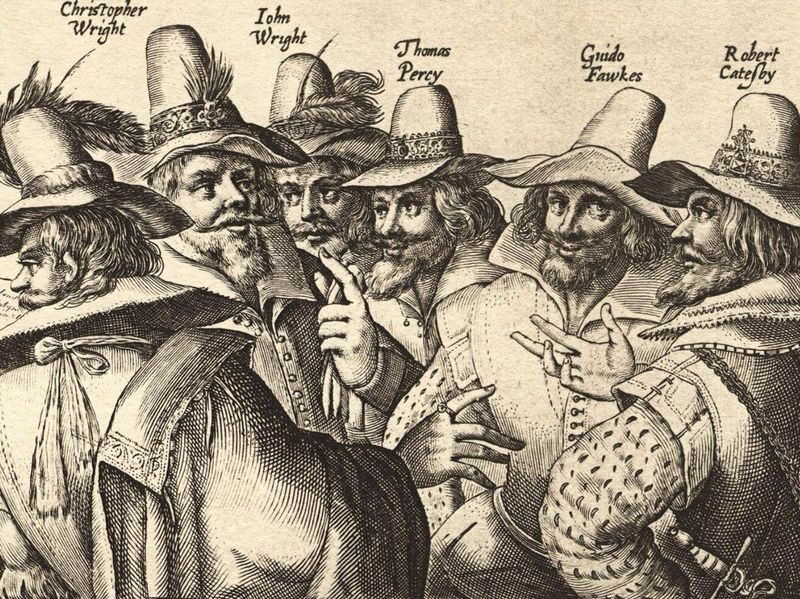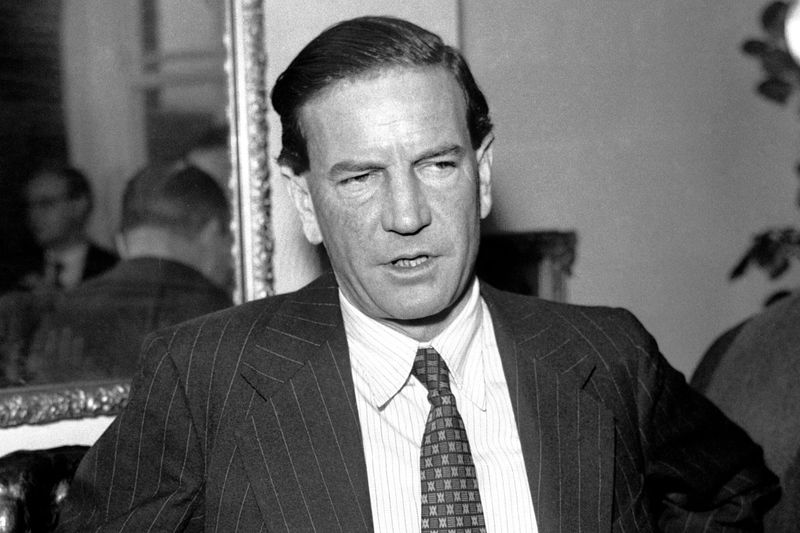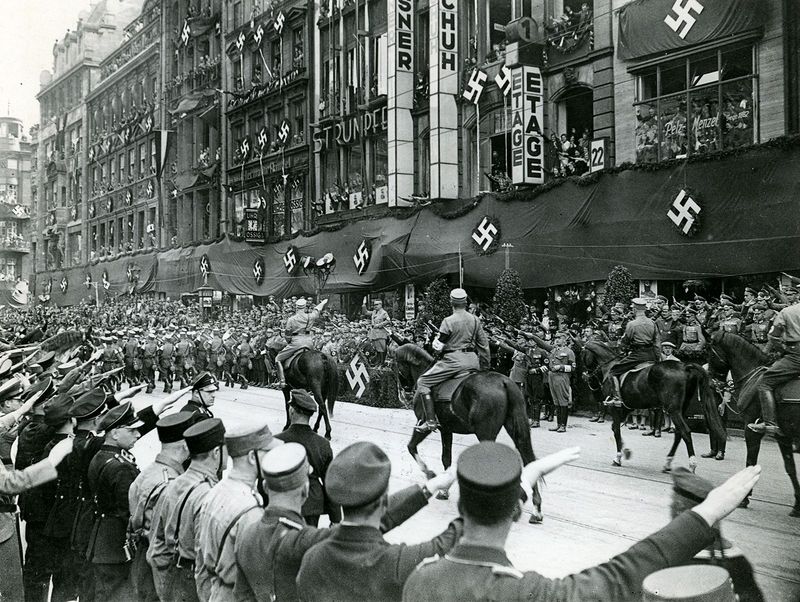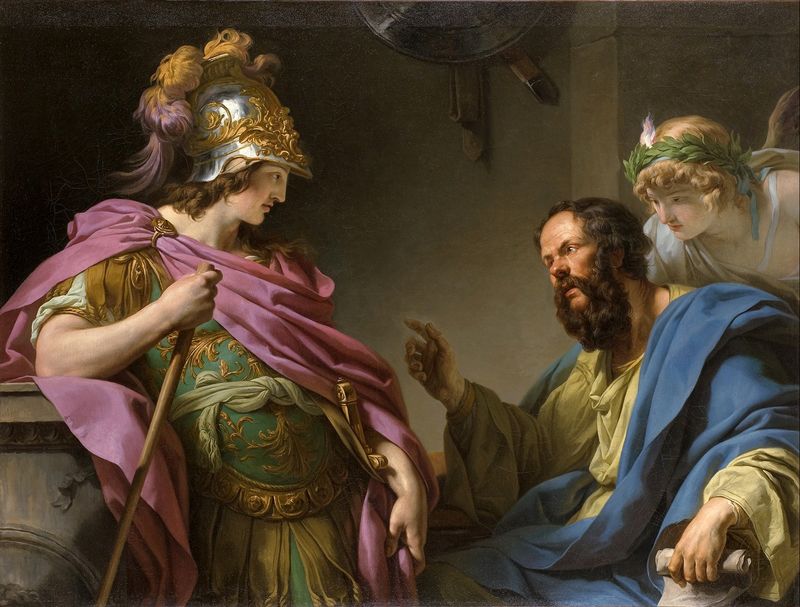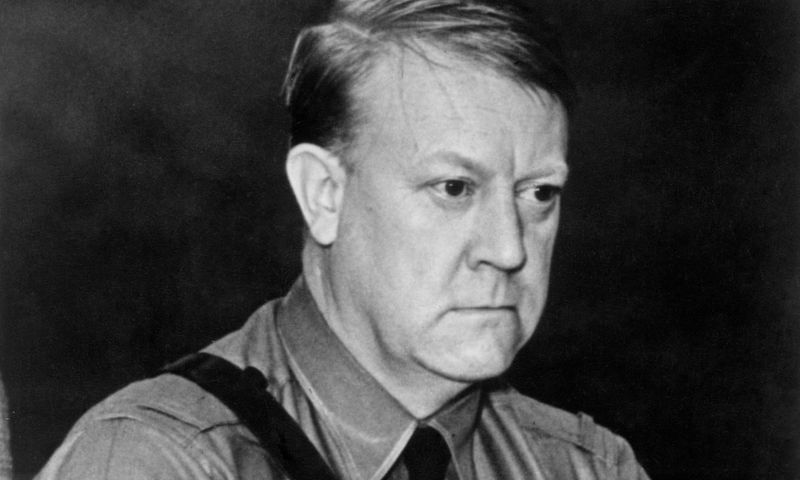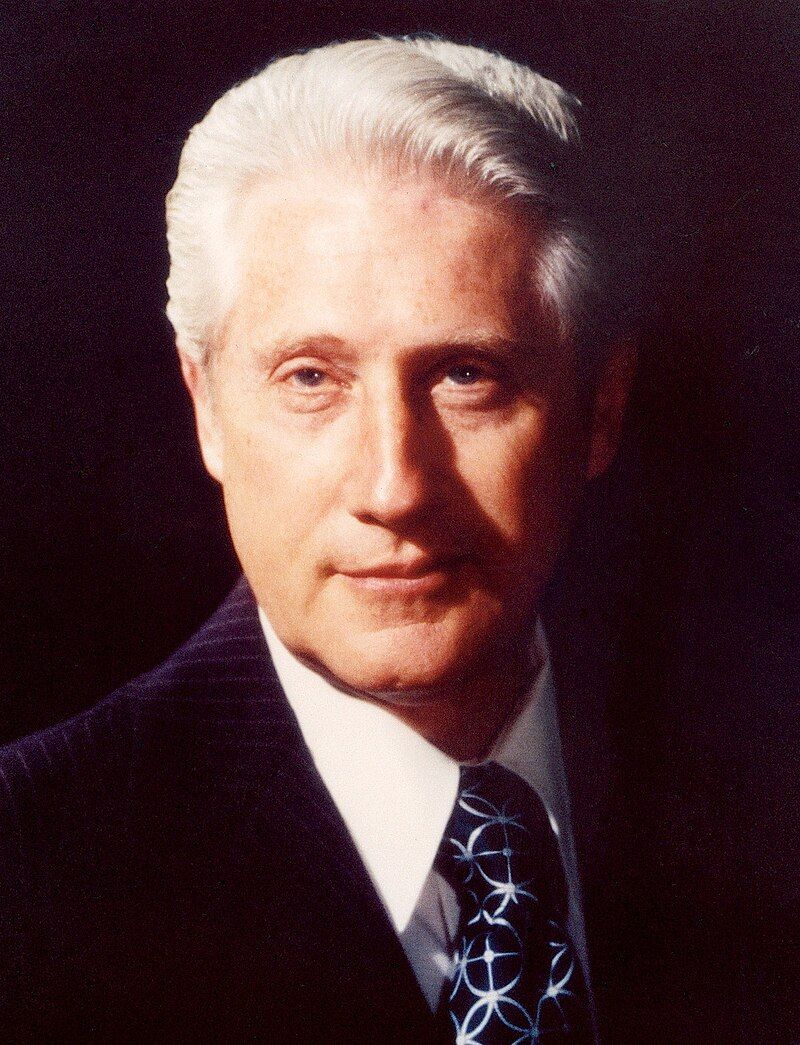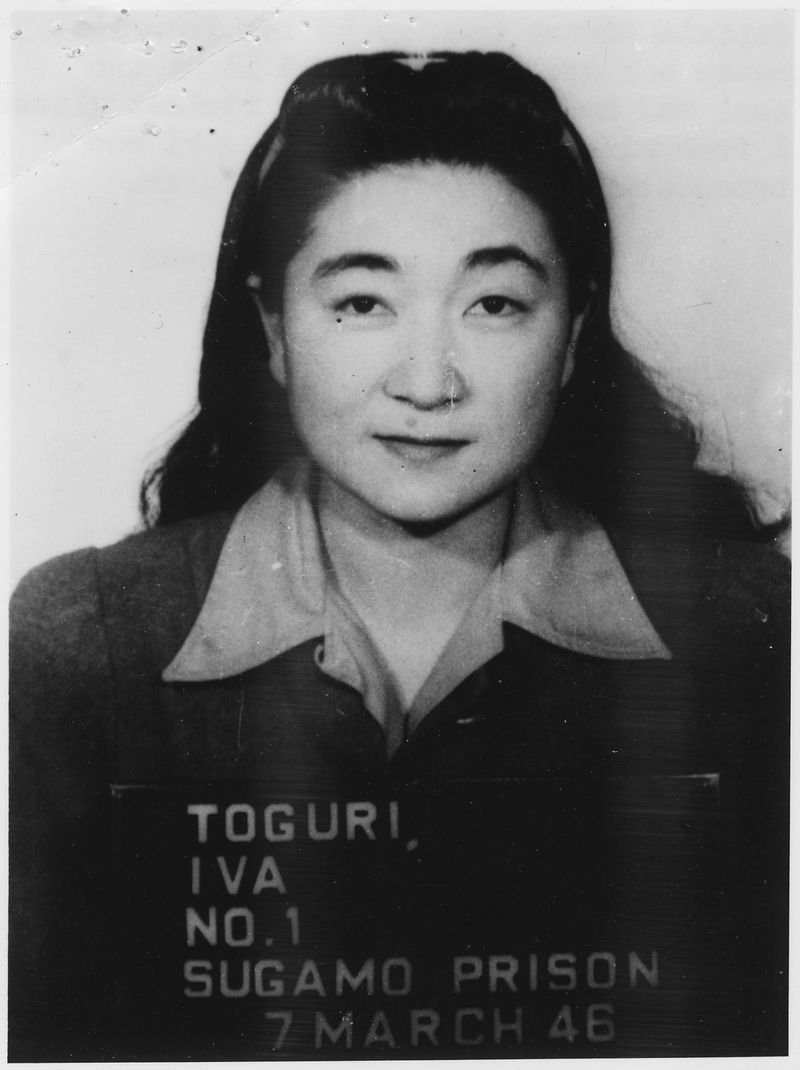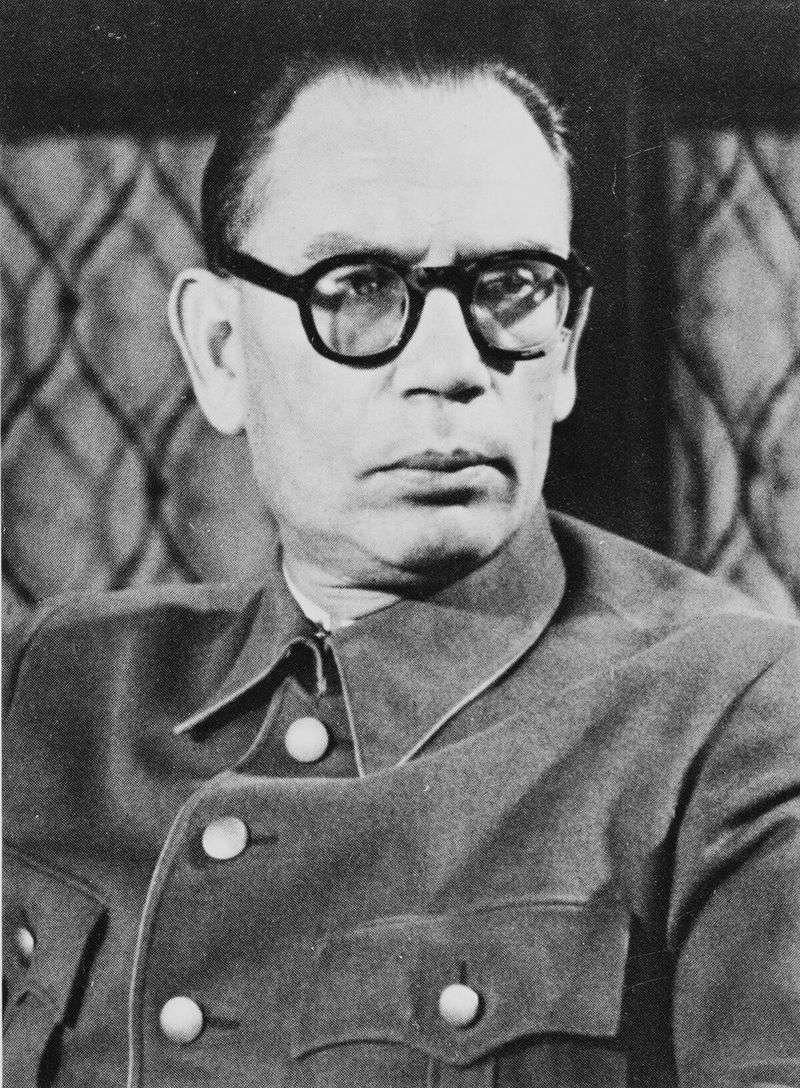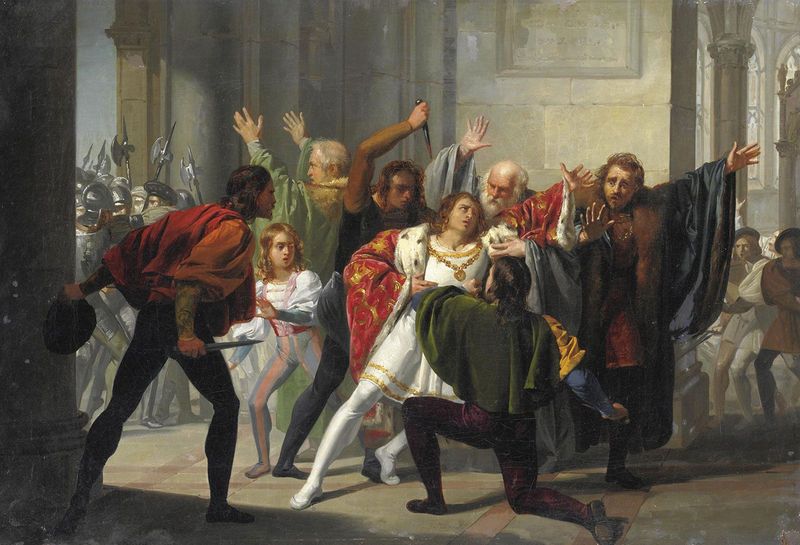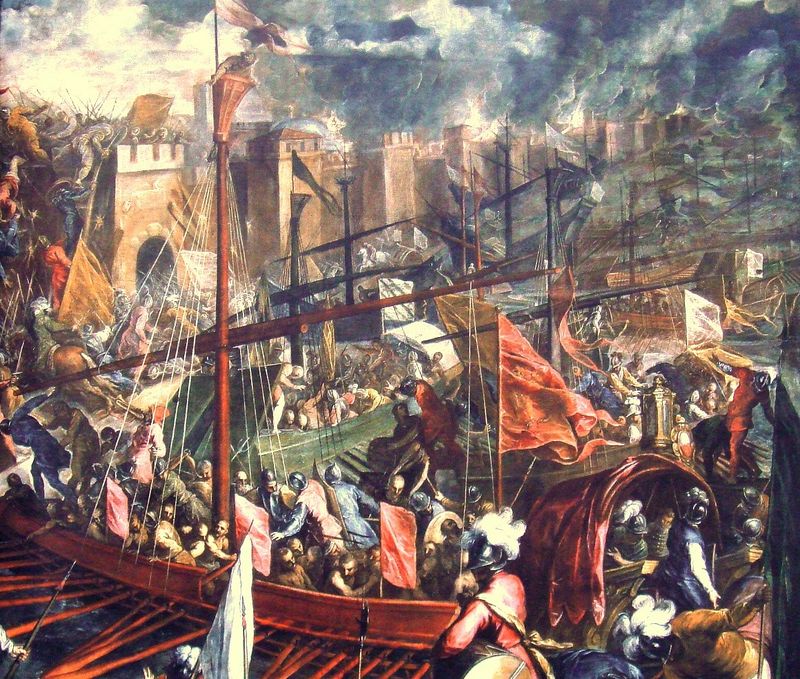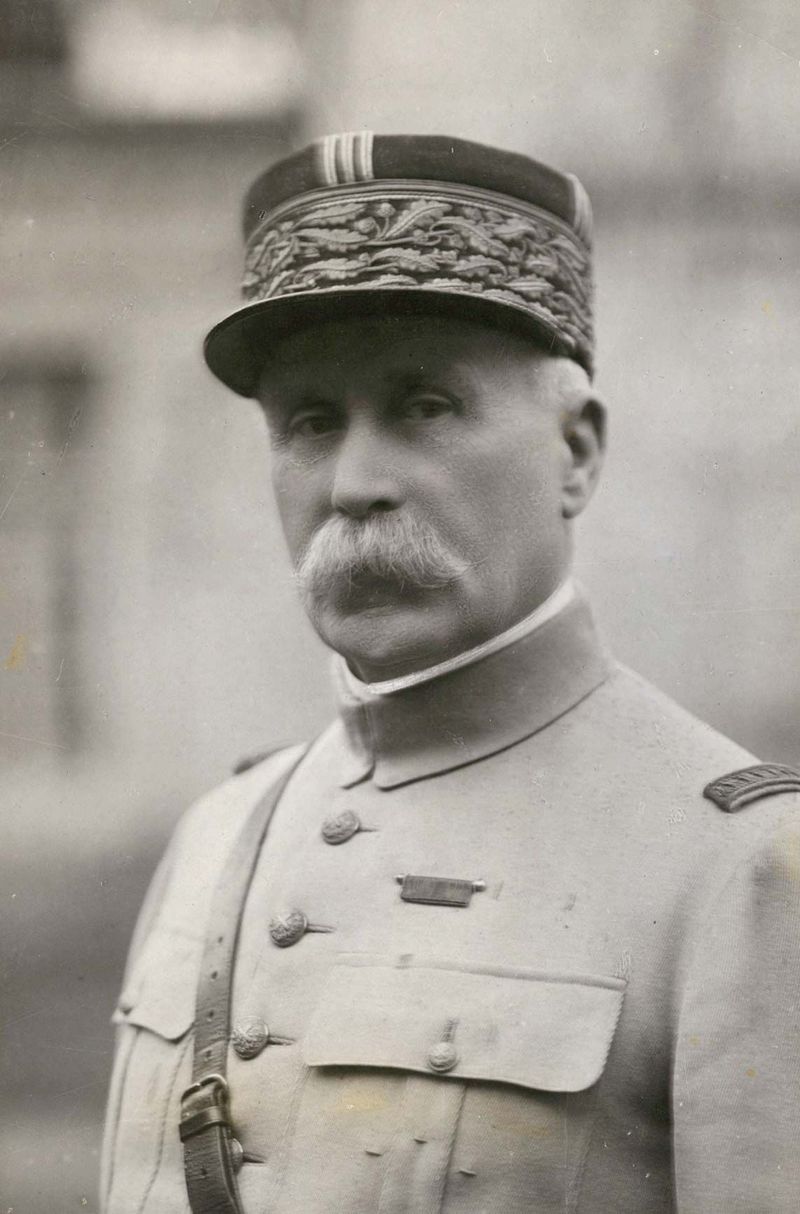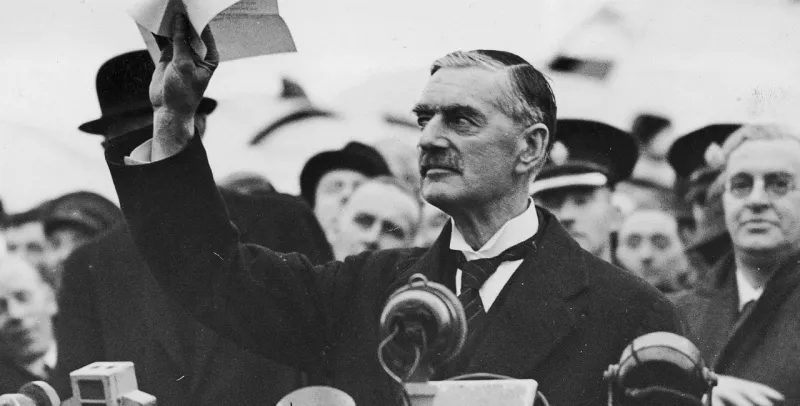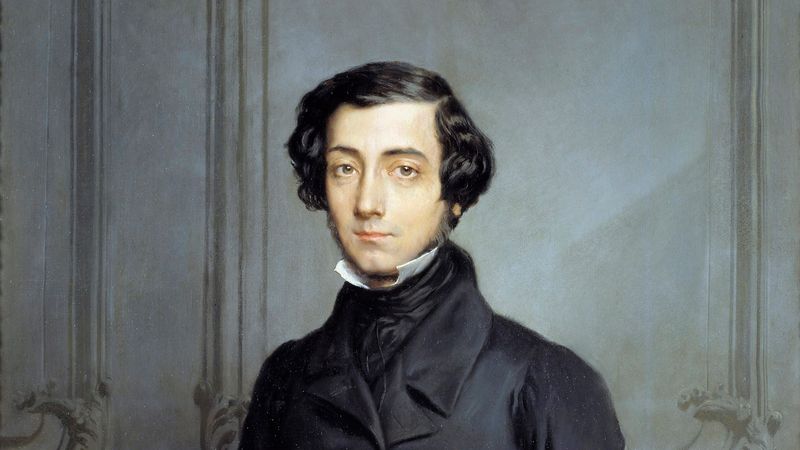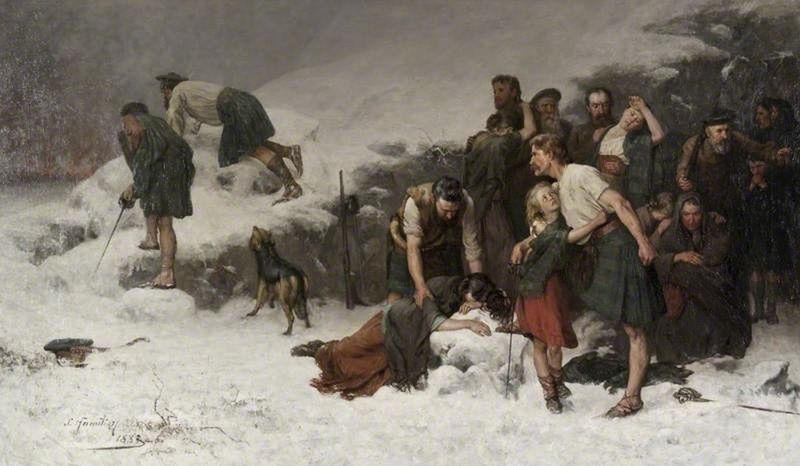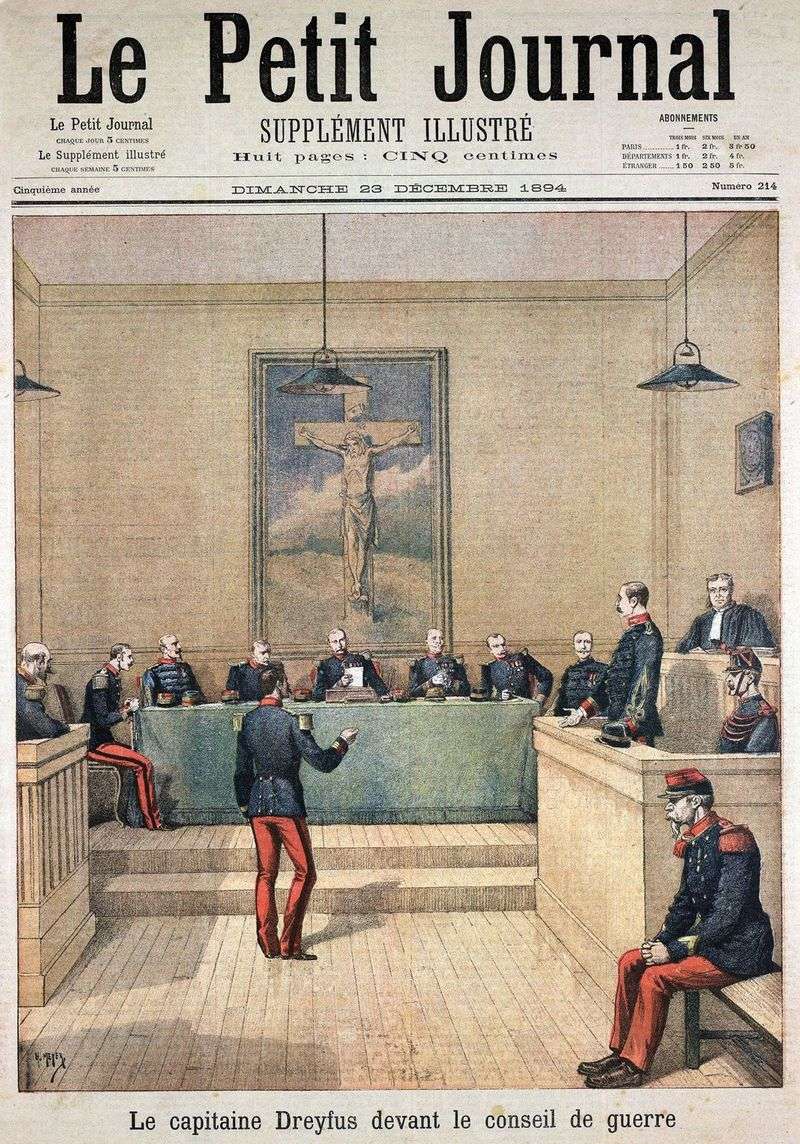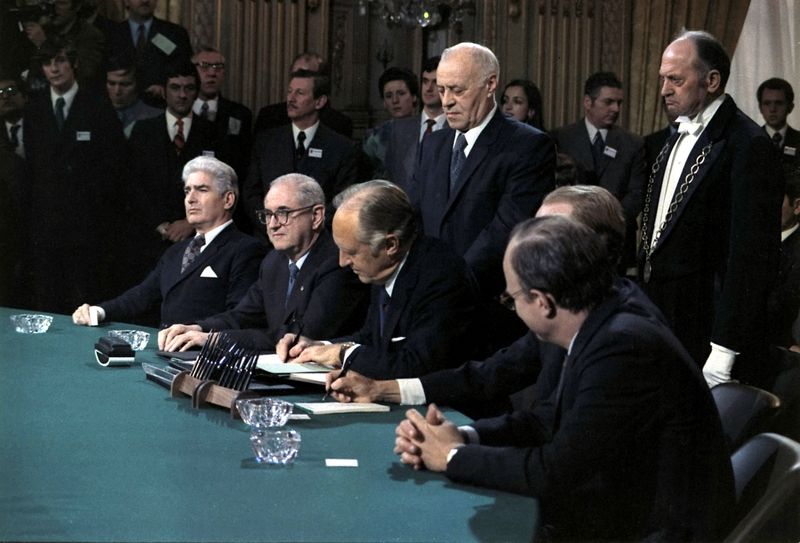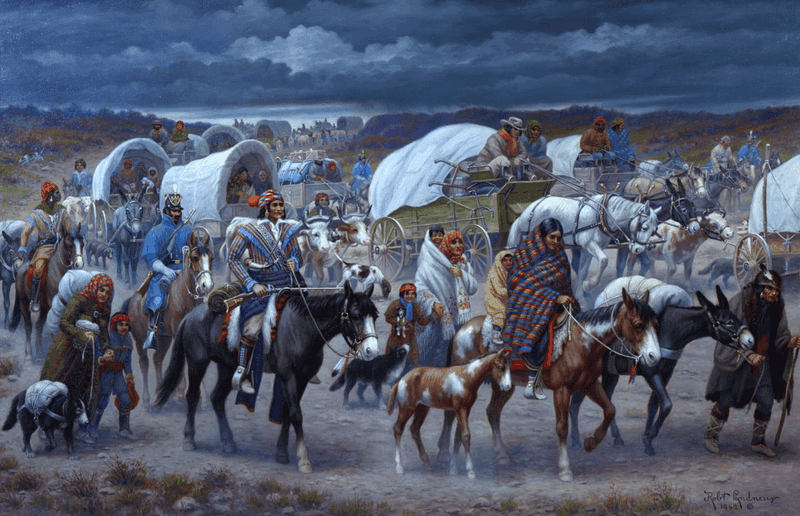Throughout history, betrayals have shifted the course of events, often with dramatic and far-reaching consequences.
From personal betrayals that have become the stuff of legend to political backstabbing that altered nations’ destinies, each of these stories is a testament to the complexity and fragility of human relationships.
Join us as we explore 25 instances of betrayal that left indelible marks on history.
1. Brutus Betrays Julius Caesar (44 BCE)
Brutus, a close friend and protégé of Julius Caesar, committed an act of ultimate betrayal that has resonated through the ages. In 44 BCE, during the Ides of March, Brutus joined a group of Roman senators who conspired to assassinate Caesar.
This betrayal was not just political but deeply personal, as Caesar is said to have uttered the famous phrase, “Et tu, Brute?” as he was stabbed.
The assassination marked the end of the Roman Republic and paved the way for the rise of the Roman Empire, drastically altering the course of history.
2. Judas Iscariot Betrays Jesus Christ
Known as one of the most infamous betrayals, Judas Iscariot’s decision to betray Jesus Christ for thirty pieces of silver set into motion the events leading to the crucifixion.
Judas, one of the twelve apostles, identified Jesus to the authorities with a kiss, an act that would forever symbolize betrayal. His actions fulfilled biblical prophecies but also secured his place in history as a pariah.
His betrayal is seen as a pivotal moment in Christianity, leading to Jesus’s sacrifice and subsequent resurrection, core tenets of the faith.
3. Benedict Arnold Defects to the British (1780)
Once celebrated as a hero of the American Revolution, Benedict Arnold became synonymous with treachery when he defected to the British. In 1780, Arnold plotted to surrender West Point, a crucial fort, to British forces.
Disillusioned with the American cause and motivated by financial gain, Arnold’s betrayal was discovered, though he managed to escape to British lines.
His name remains a byword for betrayal in the United States, symbolizing the thin line between heroism and treachery in the turbulent times of war.
4. Mir Jafar Betrays Nawab Siraj ud-Daulah (Battle of Plassey, 1757)
In 1757, during the Battle of Plassey, Mir Jafar’s betrayal of Nawab Siraj ud-Daulah was pivotal in establishing British dominance in India.
A trusted commander, Jafar secretly allied with the British East India Company, ensuring their victory by withdrawing his troops at a crucial moment. This act of treason led to the fall of Bengal, marking the beginning of British colonial rule in India.
Mir Jafar’s name is now synonymous with betrayal in the Indian subcontinent, his actions forever altering its history and destiny.
5. Rosenbergs Spy for the Soviets (Cold War Era)
Julius and Ethel Rosenberg’s espionage for the Soviet Union left an indelible mark on Cold War history. During the 1940s and 1950s, they passed crucial U.S. nuclear secrets to the USSR.
Their activities were uncovered in 1950, and they were executed in 1953, becoming the first American civilians executed for espionage. The case remains controversial, with debates about their guilt and the fairness of their trial.
Their betrayal highlighted the intense paranoia and ideological conflicts of the era, symbolizing the high stakes of Cold War espionage.
6. Ephialtes Betrays the 300 Spartans (480 BCE)
During the Battle of Thermopylae, Ephialtes committed a betrayal that led to the encirclement and eventual defeat of the Spartan forces.
Hoping for a reward, he revealed a secret path to the Persians, which allowed them to outflank and overwhelm the vastly outnumbered Spartans.
This act of treachery not only decided the battle but also became emblematic of the ultimate betrayal against one’s own people. Ephialtes’s name is still synonymous with treason in Greek culture, highlighting the enduring legacy of his actions.
7. Guy Fawkes & the Gunpowder Plot (1605)
Although Guy Fawkes’s betrayal involved the English Crown rather than a trusted individual, the Gunpowder Plot’s exposure was a dramatic act of betrayal within its ranks.
Fawkes and his fellow conspirators aimed to blow up the British Parliament to incite a Catholic uprising. However, the plan was thwarted when an anonymous letter revealed the plot, leading to Fawkes’s arrest.
The event is commemorated annually on Guy Fawkes Night, symbolizing both the danger of treason and the resilience of the state against internal threats.
8. Kim Philby Betrays MI6 (1950s)
Kim Philby’s betrayal of MI6 during the 1950s remains one of the most infamous cases of espionage. As a high-ranking British intelligence officer, Philby was a double agent for the Soviet Union.
His actions compromised numerous operations and cost many lives. Despite suspicions, Philby managed to evade capture for years, eventually defecting to the Soviet Union in 1963.
His betrayal exemplifies the deep-seated ideological conflicts of the Cold War, showcasing how trust can be a dangerous commodity in the world of espionage.
9. The Night of the Long Knives (1934)
The Night of the Long Knives in 1934 was a brutal betrayal orchestrated by Adolf Hitler to consolidate his power. Fearing the growing influence of the SA (Brownshirts) and its leader Ernst Röhm, Hitler ordered their purge, eliminating many former allies.
This night of political bloodshed secured the loyalty of the German military and solidified Hitler’s control over the Nazi Party.
The betrayal symbolized the ruthless measures leaders might take to maintain authority, marking a turning point in the Third Reich’s history.
10. Alcibiades Defects from Athens to Sparta (5th century BCE)
Alcibiades, a charismatic Athenian general, switched allegiances during the Peloponnesian War by defecting to Sparta. Facing charges at home, Alcibiades provided Sparta with vital military secrets, significantly aiding their war efforts against Athens.
His betrayal was not only a personal survival tactic but also shifted the balance of power in the war. Alcibiades’s actions highlight the volatile nature of political alliances in ancient Greece and the personal ambitions that often dictated loyalty.
11. Vidkun Quisling Collaborates with the Nazis (WWII)
Vidkun Quisling’s collaboration with Nazi Germany during World War II is a notorious example of political betrayal. As a Norwegian politician, Quisling facilitated the German occupation of Norway, establishing a puppet government under Nazi control.
His name has since become synonymous with treason and collaboration, reflecting the deep disdain for his actions.
Quisling’s betrayal exemplifies how personal ambition and ideology can lead individuals to betray their country, impacting national consciousness and historical memory.
12. Mark Felt (Deep Throat) Exposes Watergate (1970s)
Mark Felt, the enigmatic “Deep Throat,” played a critical role in exposing the Watergate scandal that ultimately led to President Nixon’s resignation.
As the Associate Director of the FBI, Felt leaked confidential information to journalists, uncovering illegal activities within the Nixon administration.
His actions were seen as a betrayal by some, yet others viewed him as a whistleblower acting in the public interest. Felt’s story underscores the complex moral dilemmas faced by individuals in positions of power and the impact of their choices on history.
13. Robert Hanssen Spies for the Soviets (1980s–2001)
Robert Hanssen’s espionage for the Soviet Union and later Russia remains one of the most damaging betrayals in U.S. intelligence history.
Over two decades, Hanssen provided highly classified information, compromising numerous operations and endangering lives. His betrayal eventually led to his arrest in 2001, resulting in a life sentence.
Hanssen’s actions revealed vulnerabilities within the FBI and highlighted the enduring threats of espionage, reminding us of the delicate nature of national security.
14. Catalina de los Ríos y Lísperguer Betrays Her Servants (17th Century Chile)
Catalina de los Ríos y Lísperguer, infamously known as “La Quintrala,” committed acts of betrayal against those she vowed to protect. Notorious for her cruelty, she tortured and killed enslaved people on her estate in 17th-century Chile.
Her actions were a stark violation of the trust and moral duty expected from those in power. La Quintrala’s legacy is a chilling reminder of how authority can be abused, and her story continues to resonate as a symbol of betrayal and tyranny.
15. Tokyo Rose (Iva Toguri) Broadcasts Propaganda (WWII)
Iva Toguri, dubbed “Tokyo Rose,” was accused of betraying the United States by broadcasting Japanese propaganda during World War II.
Though later evidence suggested she was a scapegoat, her broadcasts were perceived as aiding the enemy. Convicted of treason, Toguri’s case remains controversial, highlighting the complexities of war, identity, and media influence.
Her story illustrates the fine line between propaganda and betrayal, and how public perception can overshadow historical truth.
16. General Andrey Vlasov Joins the Nazis (WWII)
General Andrey Vlasov’s defection to Nazi Germany during World War II is a stark example of wartime betrayal. Once a respected Soviet general, Vlasov was captured and later led the Russian Liberation Army against the Soviet Union.
His collaboration with the Nazis was driven by disillusionment with Stalin’s regime, yet it marked him as a traitor. Vlasov’s story reflects the complex motivations behind defection and the harsh judgments history often reserves for such acts.
17. The Pazzi Conspiracy (1478)
The Pazzi Conspiracy of 1478 was a dramatic betrayal within the political elite of Florence, Italy. Members of the Pazzi family, aided by church figures, plotted to overthrow the powerful Medici family.
The plan included the assassination of Lorenzo de’ Medici during a church service. Though the plot ultimately failed, it showcased the perilous nature of Renaissance politics, where alliances were fragile and betrayals deadly.
The conspiracy remains a notable example of the lengths to which individuals will go to seize power.
18. The Sack of Constantinople by the Crusaders (1204)
In 1204, the Fourth Crusade’s diversion to sack Constantinople was a monumental act of betrayal. Instead of liberating the Holy Land, the Crusaders turned against fellow Christians, looting and pillaging the Byzantine capital.
This betrayal weakened the Byzantine Empire and deepened the schism between Eastern and Western Christianity. It highlighted the unpredictable and often self-serving nature of medieval crusades and left a legacy of mistrust that endured for centuries.
19. Philippe Pétain Leads Vichy France (WWII)
Philippe Pétain’s leadership of Vichy France during World War II is a controversial example of betrayal. Once a celebrated hero of World War I, Pétain chose to collaborate with Nazi Germany, establishing a regime that aligned with the occupiers.
His actions were seen as a betrayal of the French Republic and its ideals. After the war, Pétain was tried and convicted for treason, leaving a complex legacy that still sparks debate about collaboration and resistance.
20. The Munich Betrayal (1938)
The Munich Agreement of 1938 is often viewed as a betrayal of Czechoslovakia by Britain and France. In an attempt to appease Adolf Hitler, the Sudetenland was ceded to Germany without Czechoslovakian consent.
This act of diplomatic betrayal emboldened Hitler and is seen as a precursor to World War II. The agreement is a cautionary tale of the dangers of appeasement, illustrating how the quest for peace at any cost can sometimes lead to greater conflict.
21. Alexis de Tocqueville’s Support of French Colonialism
Alexis de Tocqueville, famed for his democratic ideals, is often criticized for endorsing harsh colonial policies, seen as a betrayal of his principles.
In the 19th century, Tocqueville supported France’s colonial expansion in Algeria, advocating for measures that contradicted his advocacy for liberty and equality.
His stance highlights the complexities and contradictions within intellectual and political movements, reminding us that even revered figures can have flawed legacies.
22. The Glencoe Massacre (1692)
In 1692, the Glencoe Massacre was a heinous betrayal of trust and hospitality in the Scottish Highlands. The MacDonald clan, who had been invited to swear allegiance to the king, were ambushed and killed in their sleep by government troops.
The massacre was a chilling reminder of the brutal politics of the era, where alliances were fragile and treachery common. It stands as a symbol of the tragic consequences of betrayal and the importance of honor even in tumultuous times.
23. The Dreyfus Affair (1894)
The Dreyfus Affair was a notorious example of institutional betrayal and anti-Semitism in late 19th-century France. Captain Alfred Dreyfus, a Jewish officer, was wrongfully convicted of treason, based on forged evidence.
The affair divided France and exposed deep societal prejudices, leading to widespread protests and eventually Dreyfus’s exoneration. It highlights the destructive power of bias and the importance of justice and truth in upholding societal integrity.
24. The Betrayal of the Paris Peace Accords (1973)
The Paris Peace Accords of 1973, intended to end the Vietnam War, became a symbol of diplomatic betrayal. Promises of peace and sovereignty for Vietnam were quickly broken, leading to renewed conflict and vulnerability for U.S. allies.
The accords are a stark reminder of the fragility of peace agreements and the often harsh realities of geopolitics, where promises can be easily broken, leaving devastating consequences.
25. The Trail of Tears (1830s)
The Trail of Tears epitomizes the betrayal of Native American tribes by the U.S. government in the 1830s. Despite treaties promising land and rights, thousands were forcibly relocated, resulting in immense suffering and death.
This tragic event is a powerful reminder of the consequences of broken promises and the enduring impact of historical injustices. It serves as a solemn testament to the resilience of indigenous peoples in the face of betrayal and adversity.
